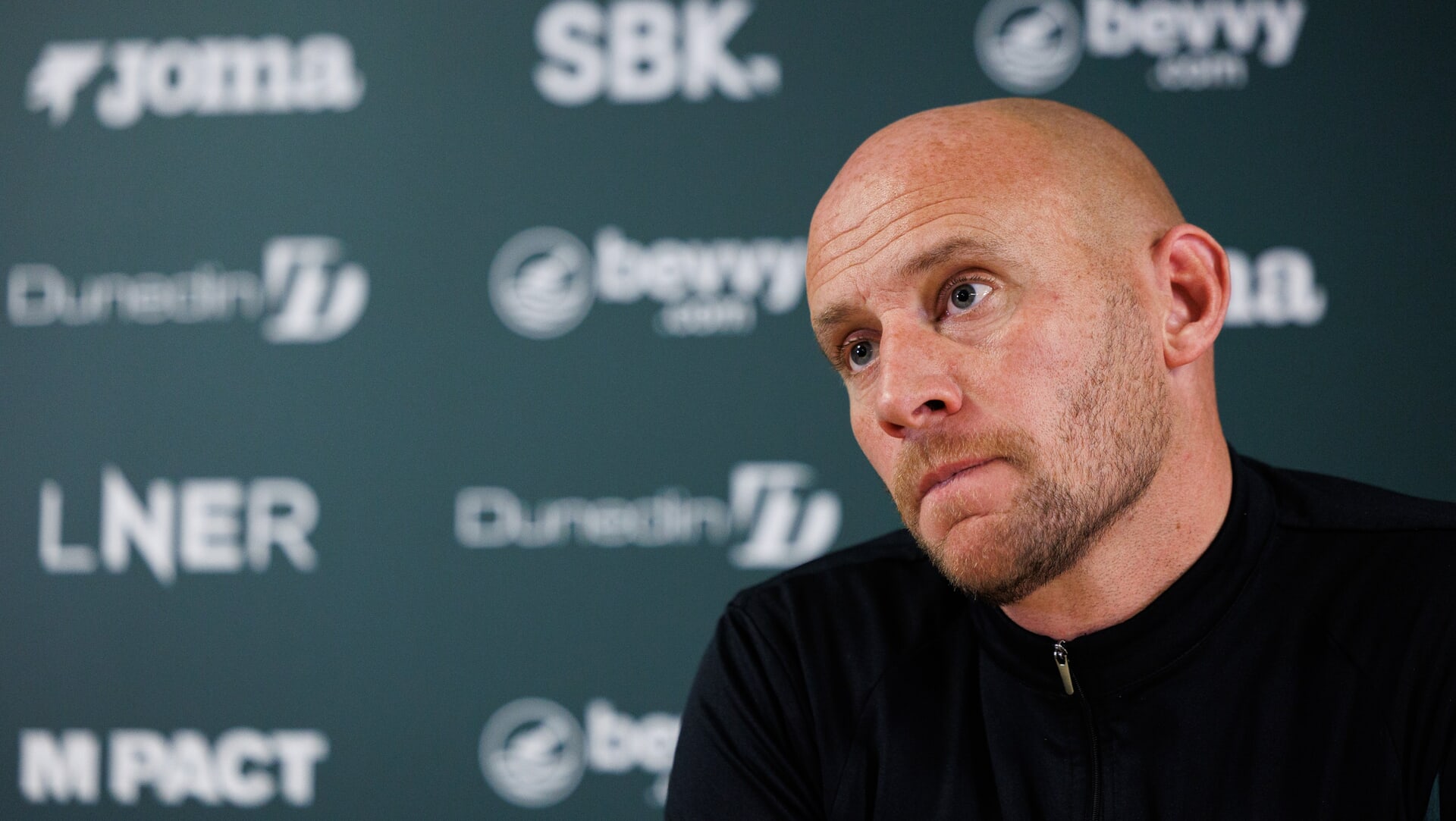
For Aston Villa fans, the Champions League journey of last season may now seem like an age ago.
Having secured a spot at the top table of European football for 2024/25 by virtue of a fourth-placed finish in the Premier League the season prior, Villa’s run to the quarter-finals of European football’s elite knockout club competition, where they were defeated by eventual winners Paris Saint-Germain, booked the club more than £90m in revenue when factoring in prize money and additional matchday revenue.
That was seen to have been the panacea to solve all the financial ills of Villa when it came to the Premier League’s profit and sustainability rules (PSR), especially after the January sale of Jhon Duran to Al-Nassr for £64m, a deal that provided Villa with a £53m profit on the Colombian, who had largely had to make do with the ‘super sub’ moniker and forced to play second fiddle to Ollie Watkins.
But last season’s failure to make the Champions League again, missing out on the final day and having to settle for a sixth-placed finish and a spot in the UEFA Europa League, has been impactful from a financial point of view when forecasting what is to come.
Europa League Campaign Crucial for Aston Villa
Villa travel to Feyenoord on Thursday evening in the Europa League. The spoils of victory in the competition are far less than they were for the Champions League, but they could earn more than €50m (£43.5m) if they won the competition, when factoring in prize money, market pool share from TV rights and matchday revenue. The biggest prize on offer is the winner punching their ticket to next season’s Champions League. Tottenham Hotspur had their financials given an almighty boost for 2025/26 thanks to winning European football’s silver level competition last season.
The start that has been made to this season by Unai Emery’s men has done little to enthuse supporters and get them dreaming of a Champions League return in time for next season through league performance, with six points from their opening six games, with a sole victory recorded, not where the club had planned to be during the early running.
It is, however, a long season, but Villa have already made changes behind the scenes, with president of football operations, Monchi, a man who was a close confidant of Emery and whose responsibility it was to get recruitment right, stepped down from his role to serve in an advisory capacity to Villa owners V Sports.
Monchi, who has since been replaced by Roberto Olabe, had hinted at some of the constraints that Villa remained under when it came to PSR, which may have explained why Evan Guessand’s £26m arrival from Nice, the £6m signing of Yasin Ozcan from Kasimpasa, and the £1m addition of Marco Bizot from Brest were the only permanent deals done. An outlay of around £33m in a summer window when the teams who they will be competing for Champions League places against spent a combined £1.6bn on transfer fees, although able to recoup huge sums through player sales.
Villa did bring in Harvey Elliott and Jadon Sancho on loan deals from Liverpool and Manchester United, respectively, and these deals are never a ‘free hit’ as they are sometimes categorised. Clubs require loan fees, often between £5m and £10m for Premier League quality players, while the considerable wages that they players are on are largely, in many cases fully, taken on by the club where the players are heading. That can be more than £10m per season when it comes to the likes of Sancho.
Villa sold around £43.5m worth of talent in the summer, with Jacob Ramsey’s move to Newcastle United and the £3.5m exit of Kaine Kesler-Hayden to Coventry City counted as pure profit, meaning that the whole sums could be accounted for as the players had no remaining book value on their deals.
In football finance, a player’s book value refers to the remaining value of their registration on a club’s balance sheet. When a player is signed, the transfer fee is recorded as an intangible asset and amortised evenly over the length of their contract. For example, a £20m signing on a five-year deal would be amortized at £4m per year. After three years, the book value would be £8m —representing the unamortised portion of the original fee.
Selling a player for more than their book value generates a profit on disposal, while selling for less may result in a financial loss. Academy players, who typically have zero book value, offer clubs pure profit when sold, making book value a strategic lever in transfer planning. That meant that the sales of Ramsey and Kesler-Hayden left Villa with a positive net spend for the summer of nearly £10m. But the fact that PSR remains a millstone around the club’s neck despite Champions League riches being earned, the profit made on the sale of Duran, and the sale of the club’s women’s team to V Sports and 10% to other investors for a total of £55m.
That sale, done prior to the end of the last financial year, will have solved any lingering issues that the club may have had when it came to PSR compliance for 2024/25, but the cycle continues, and the work doesn’t stop in trying to improve the club’s PSR position at the same time as trying to commit enough funds to meaningfully strengthen the squad to move them closer to sustained competitive success.
Qualifying for the Champions League is huge for clubs. But as Newcastle United have found from when they made the 2023/24 competition, it is only really transformational for the longer term when that qualification is sustained year after year. Arsenal have turned their finances around in a significant way over the last five to six years because they have found a way to make it to the top table of European football on a consistent basis.
Villa have other issues they need to address moving forward as well. The club were fined a total of €26m (£22.7m) by UEFA for breaching financial regulations, split between €20m (£17.4m) for the football earnings rule and €6m (£5.3m) for the squad cost control rule. Alongside financial penalties, Aston Villa were hit with a transfer restriction that prevents them from registering new players to their UEFA List A squad unless the transfer balance is positive. This balance reflects the net savings from outgoing players compared to the costs of incoming ones. List A refers to the group of up to 25 players eligible to compete in UEFA tournaments, and must include at least two goalkeepers and a minimum of eight homegrown players. PSR works on a three-year cycle. Clubs are allowed to lose up to £105m over a three-year period, with allowable deductions from losses for such things as depreciation, investment into infrastructure, the women’s team, the academy and community initiatives.
For the most recently published accounts for 2023/24, Villa made a loss of £82m, that is despite £108m in profit from player sales for the period. That followed on from a £120m loss in 2022/23.
The better news for Villa is that they have now entered a brand new cycle, where the 2022/23 loss of £120m drops off, meaning that the £82m, the figures from 2024/25, and the current 2025/26 period will be where the club are working towards. For 2024/25 we can estimate, based on allowable deductions remaining the same, that the club little room for manoeuvre, with losses likely having to be £20m or under to remain compliant, and that takes into account the break even year of 2021/22 when the £100m sale of Jack Grealish to Manchester City aided things significantly.
That is why the sale of Duran and the sale of the women’s team, which together yielded some £108m in accounting profit, was so key, even in a year when they made more than £90m from the Champions League. That’s because they spend far more heavily on acquisitions, both in terms of transfer fees and player wages, and they will have had one eye on trying to create more room to add in the next two, three or four years, seasons where they know they may not be able to bank on bumper Champions League revenues.
Aston Villa Still Have Saleable Assets
They still have saleable assets, such as Morgan Rogers, who have big price mark-ups, but Villa’s ambitious owners Wes Edens and Nassef Sawiris, whose V Sport firm helms the club, don’t want to have to sell their best talent to simply comply, they want to break through the glass ceiling and disrupt what has become the established order of things at the top end of the Premier League.
With such fine margins between success and failure, with Villa having missed out on goal difference last season for what would have been a qualifying top five slot, losing points to deductions for PSR breaches could be hugely damaging, hence why the club have been prudent in trying to head off any such issues.
But Villa’s issues have been shared by the likes of Newcastle, with ambition to kick on and make meaningful on-pitch progress often stymied by financial regulation that pulls up the handbrake on such things.
Villa’s stance this summer has been one of trying to limit spending while maintaining their key assets. That has probably been achieved on the face of it. They will have some room to add come January, although still limited. But for them to truly break free of the shackles of PSR the onus still lies on Emery to deliver over and above what could reasonably be expected if using transfer spend as a metric was being considered. Villa have to maintain competitive success to raise revenues to a level where they can sustain investment in the first-team to a greater degree.
The frustrations of Monchi have likely been voiced, though, and Olabe will surely find similar challenges. Finding undervalued gems that can underpin keeping their top talent will be the core to it all, as well as ensuring that they are getting good value for the players that they are moving on. There is no quick fix for Aston Villa, and PSR has impeded their plans for growth more than most.



